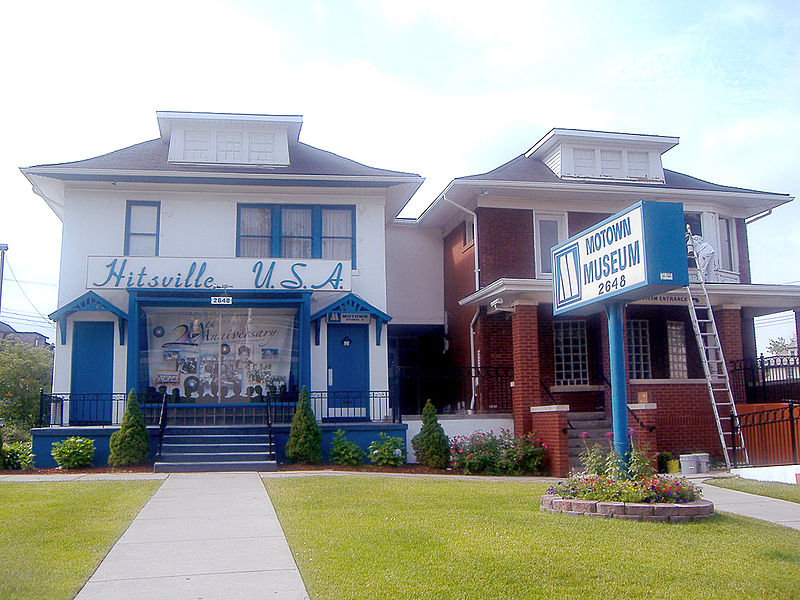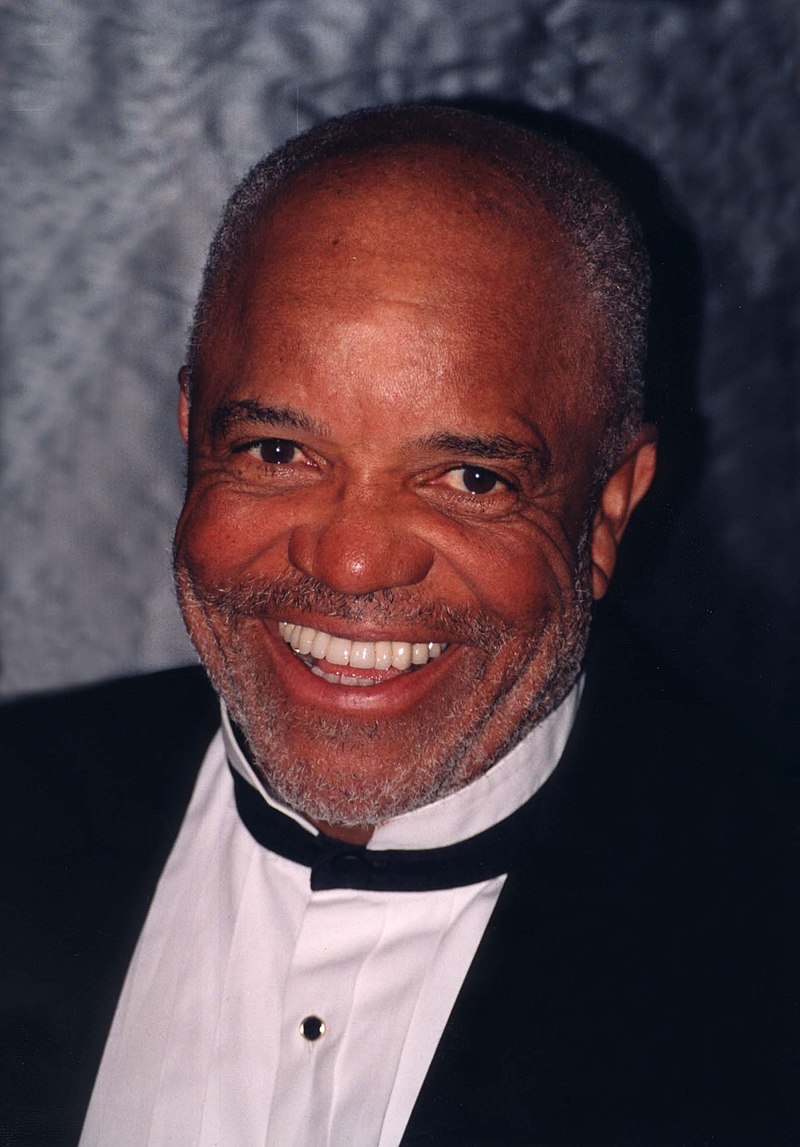Detroit/Motown Soul 1
Motown Records dominated Detroit, a 1960s soul center. Founded by Berry Gordy Jr., the history of Motown, and we can say the Detroit sound, parallels that of Stax in many respects. Both companies were based in residential neighborhoods. Both owners built idiosyncratic recording studios in pre-existing buildings. Both companies utilized a "house" band and "in-house" songwriting teams, and, most importantly, both companies developed identifiable sounds. Motown liked to refer to their sound as "the Sound of Young America," the sign outside their headquarters proudly proclaiming the building as Hitsville, U.S.A.
Motown was the first Black-owned record company to achieve substantial success within the U.S. pop charts and, arguably, the most successful independent record company in history. Such tremendous success was only possible with a roster of artists such as Smokey Robinson and the Miracles, The Marvelettes, Martha and the Vandellas, Stevie Wonder, Marvin Gaye, Gladys Knight and the Pips, the Temptations, Diana Ross and the Supremes, The Four Tops, and The Jackson Five.
In direct contrast to Jim Stewart of Stax, Gordy was the product of an urban, middle-class upbringing in the Mercury automobile assembly line, Gordy had internalized the basic precepts of industrial capitalism and ran his company accordingly from the top down in an assembly-line fashion. A firm believer in vertical integration, Gordy's Motown empire included a management company, a booking agency, a finishing school, a choreography department, and a variety of record labels, including Tamla, Motown, Gordy and Soul, and the Jobete publishing company.
From the beginning, Gordy was determined to sell records to both White and Black Americans. He consequently spent time attempting to determine the qualities necessary to cross over Black records from the R & B to the pop charts, thus the Detroit/Motown sound had a stronger base in popular music than did Southern soul. Armed with his conclusions, Gordy's approach to songwriting, arranging, and producing focused on narrative lyrics about never fully resolved problems in a relationship, maximized the use of hooks A hook is music or phrase in a song that is repetitive or catchy and easily remembered. , employed many high-register sounds, and positioned the lead vocalist way out front in the mix.
For most of the 1960s, Motown songs avoided the social and political issues of the decade, and the company attracted criticism for being out of step with the times, such as a clear mission for doing what it could for the civil rights movement. Gordy believed that social-comment songs would alienate Motown's audience, but songs such as "Cloud Nine" (which deals with family dysfunction and drug use) demonstrated this was not always the case. Other Motown artists such as The Supremes ( "Love Child" , 1968) and Marvin Gaye ( "What's Goin' On" , 1971) also began to include some social commentary in their repertoire. Gaye's album What's Goin' On is widely regarded as an early 1970s masterpiece. It combines stream-of-consciousness, social-commentary lyrics with slow funk grooves, Gospel call-and-response, and evocative horn and string "sweetening."
Long Walk to D.C.
It's a long walk to DC but I've got my walking shoes on
I can't take a plane, passer train, because my money ain't that long
America we believe, oh that you love us still
So people I'm gonna be under to wipe away my tears
A Change is Gonna Come
I was born by the river
In a little tent
Oh, and just like the river, I've been runnin'
Ever since
It's been a long
A long time comin', but I know
A change gon' come
Oh, yes it will








